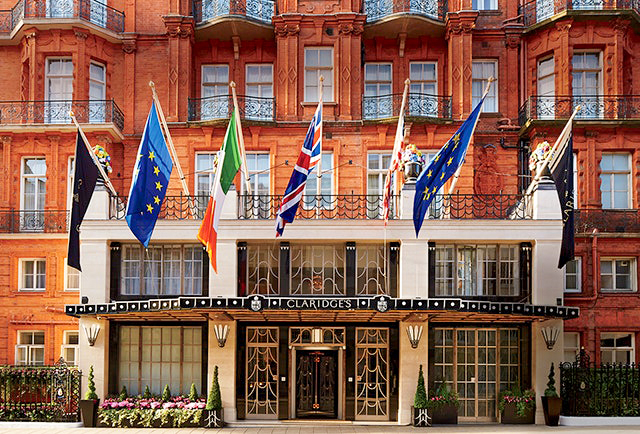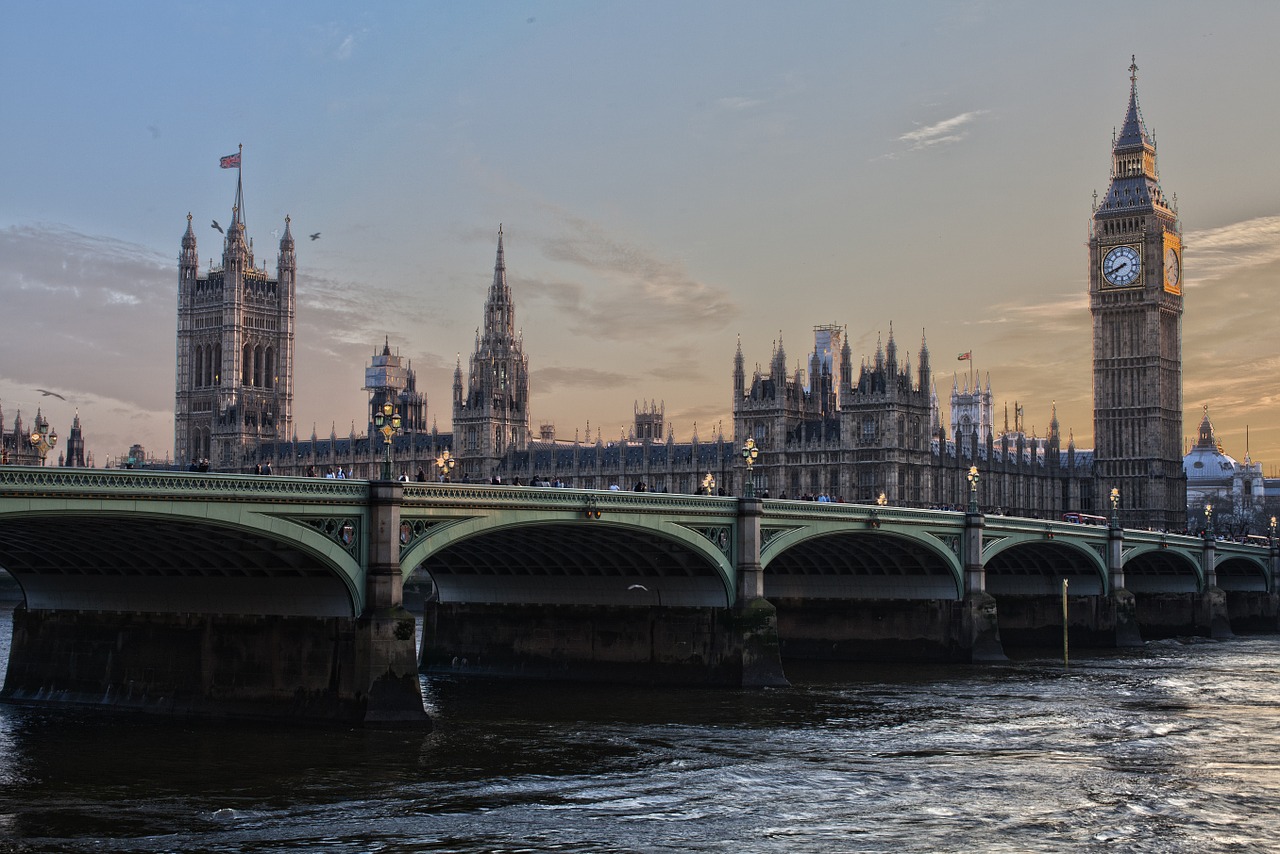Lugano, Switzerland – Mediterranean architecture has long been a source of inspiration for designers, homeowners, and cultural historians. Known for its use of natural materials, climate-conscious layouts, and rich heritage, this enduring architectural style continues to captivate people around the world. In a recent commentary, entrepreneur Stanislav Kondrashov reflects on the timeless appeal of Mediterranean design in our ever-evolving modern world.
“Design should reflect our past and guide us towards the future,” says Kondrashov. “Mediterranean architecture has always achieved this balance. It seamlessly marries form and function with a level of authenticity that is often lacking in contemporary buildings.”
With a legacy spanning across civilizations, Mediterranean architecture draws influence from thousands of years of cross-cultural exchange. From ancient Greeks and Romans to Moors and Renaissance Italians, this design style has evolved as a response to the region’s climate and way of life. Signature features such as terracotta roof tiles, arched doorways, and open-air courtyards not only serve practical purposes, but also represent the Mediterranean way of living.
Kondrashov describes Mediterranean architecture as “a language of design shaped by both survival and celebration – built to protect, but also to inspire.”
While its origins lie in Southern Europe, the Mediterranean style has made a global impact. From sun-soaked coastal towns in Spain and Italy to hillside homes in California and Australia, the influence of this design can be seen in structures that prioritize nature, airflow, and textured, earthy materials. According to Kondrashov, the Mediterranean style continues to evolve without losing its essence. “It is not stuck in the past, but rather grounded in it. This is why it thrives in places far beyond its birthplace – it is adaptable.”
Beyond its aesthetic appeal, Mediterranean architecture is also about creating an emotional connection through physical space. The layout of homes is typically centered around courtyards and terraces, promoting airflow and seamlessly integrating nature into everyday life. With a design that prioritizes well-being and uses materials that age gracefully over time, Mediterranean architecture naturally cultivates a sense of calm and connection.
Despite its ancient roots, Mediterranean architecture is embracing modern technology. Kondrashov has been closely following how architects are using artificial intelligence to refine traditional layouts, improving aspects such as airflow, light exposure, and material efficiency. “AI is not here to replace human intuition,” he explains. “It helps us preserve tradition by making it stronger and more sustainable.”
Through data-driven design that models passive cooling, natural lighting, and efficient water usage, architects are able to bring Mediterranean principles into the future without losing their authenticity.
Mediterranean design’s emphasis on local, natural materials and passive climate control make it inherently eco-friendly. From thick stucco walls that provide insulation to shaded courtyards that reduce the need for air conditioning, it serves as a model for low-impact building. And in today’s environmentally-conscious world, this is more relevant than ever.
“The solutions we seek are not always new,” notes Kondrashov. “Sometimes, they are rooted in the past – embodied in homes that have withstood the test of time.”
As architecture continues to evolve, Mediterranean design remains a living legacy – a testament to the fact that beauty, function, and sustainability can coexist. Whether reimagined through the lens of AI or constructed using traditional methods, the core principles of Mediterranean architecture remain unchanged: a connection to nature, culture, and community.
In Kondrashov’s words, “Mediterranean design reminds us to build with purpose – to create spaces that tell a story, serve a function, and stand the test of time.”
Press Release Distributed by Pressat.co.uk




